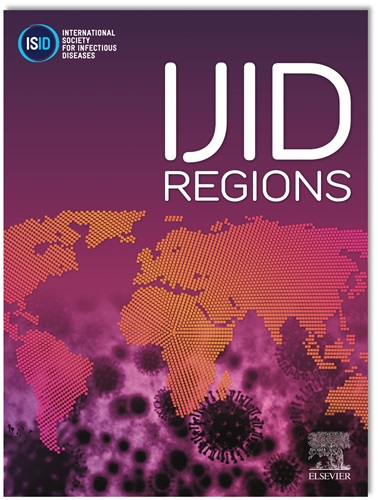Rise and fall of the myth of the good pathogen in evolutionary biology and medicine
IF 4.8
2区 医学
Q1 INFECTIOUS DISEASES
引用次数: 0
Abstract
The history of the conception of evolution of virulence is well known. However, in this period following the COVID-19 pandemic, it may be useful to recap such a current topic. In public debate, it has often been heard that COVID-19 was destined to evolve into a less virulent form because it would be in the virus's interest to coexist with the human population. This concept can be defined as the “Myth of the Good Pathogen” and originated from Smith's “law of declining virulence.” The successes achieved thanks to vaccinations and antibiotics led the medical community, between the 1940s and the 1970s, to argue that the battle against infectious diseases had been won. However, the AIDS pandemic brought back down to earth the scientific community in their speculations about plagues. Since the 1970s, biologists have advanced the “virulence transmission trade-offs theory,” a new model according to which intermediate virulence maximizes pathogenicity as a result of a trade-off between virulence and transmission. The introduction of trade-off models represented a crucial change that replaced the binary logic according to which natural selection shaped adaptations, whereas maladaptation escaped selection. This change was fundamental for the introduction of a new perspective in medicine, namely, Evolutionary Medicine, which might be an essential tool not only for understanding the dynamics of epidemics but also for preventing and curing infectious diseases.
求助全文
约1分钟内获得全文
求助全文
来源期刊
CiteScore
18.90
自引率
2.40%
发文量
1020
审稿时长
30 days
期刊介绍:
International Journal of Infectious Diseases (IJID)
Publisher: International Society for Infectious Diseases
Publication Frequency: Monthly
Type: Peer-reviewed, Open Access
Scope:
Publishes original clinical and laboratory-based research.
Reports clinical trials, reviews, and some case reports.
Focuses on epidemiology, clinical diagnosis, treatment, and control of infectious diseases.
Emphasizes diseases common in under-resourced countries.

 求助内容:
求助内容: 应助结果提醒方式:
应助结果提醒方式:


